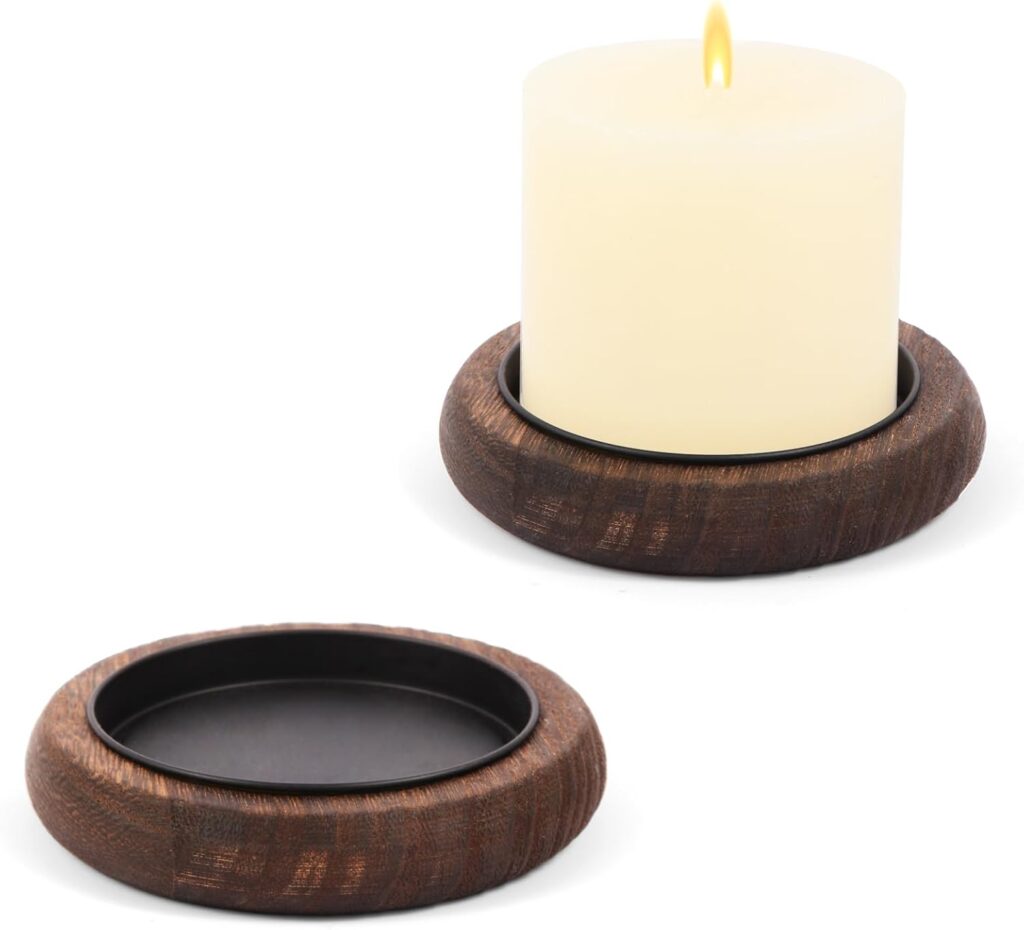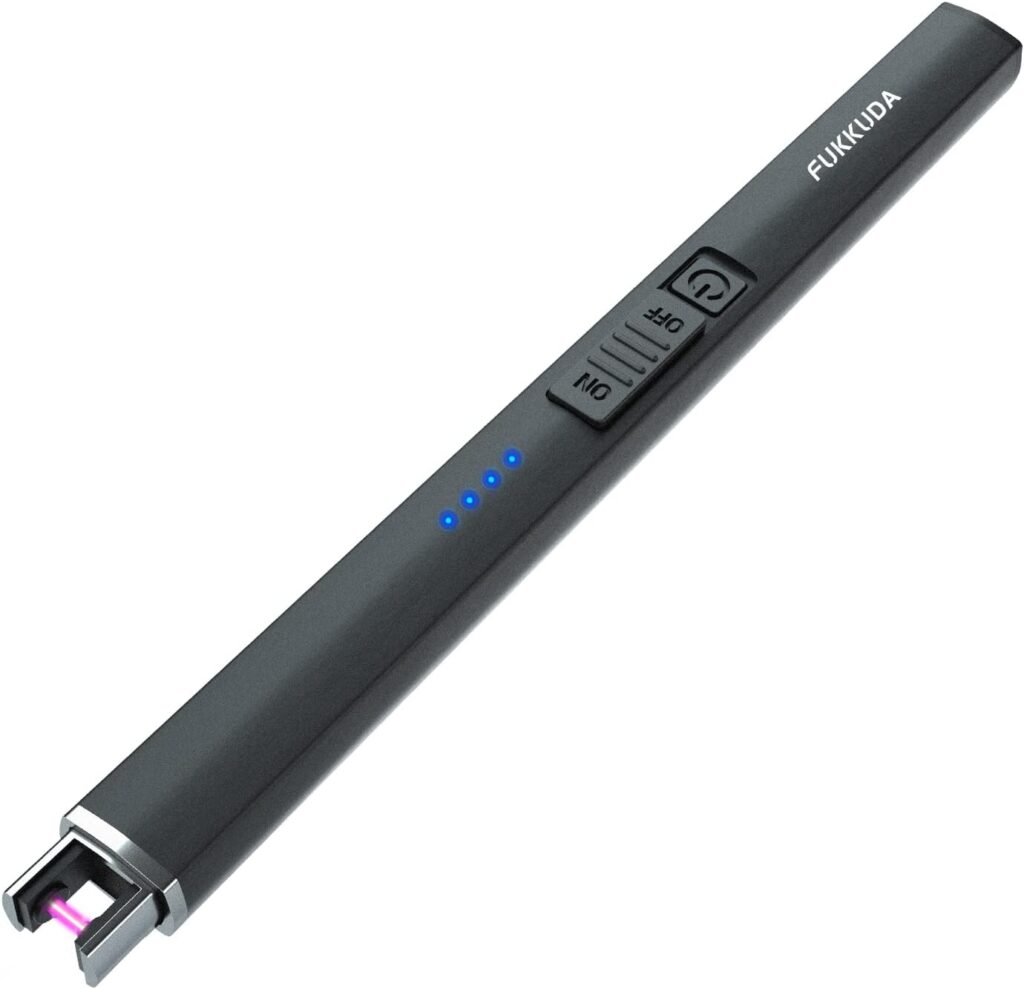How Do Candle Wax Work So Effectively?
Candles have been a part of human history for thousands of years now, always providing light, ambiance, and comfort and in some cases safety. But have you ever wondered what makes candle wax work so effectively? Just stop a moment and think about it. We used to ride horses, but now we drive cars! We used to have landlines, now every person on the planet has a cell phone. And while we still have this technology all around us, candles seem to be the only thing that we use in the modern age that existed eons ago. In this article, we’ll dive into the fascinating science and craftsmanship behind candles and explains the science behind them.
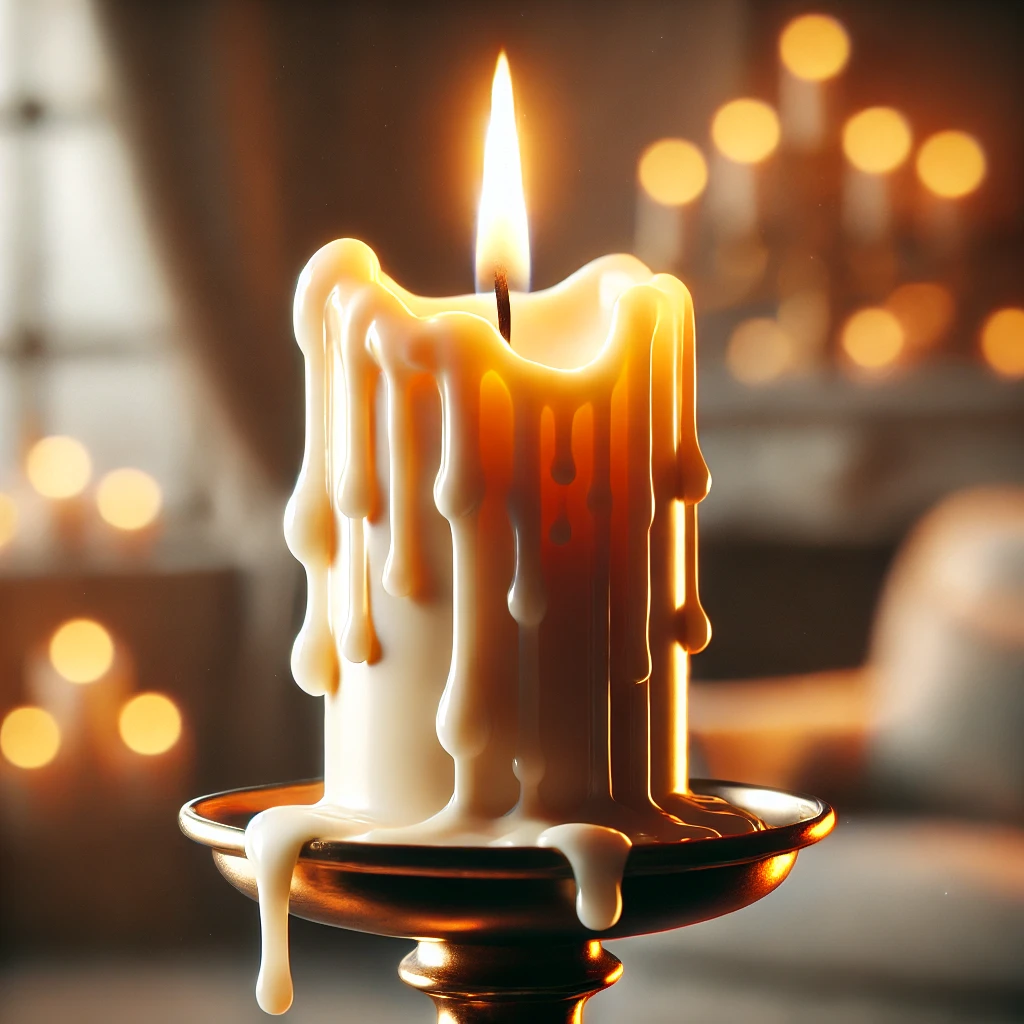

How Do Candles Work?
Let’s begin with the basic’s. At the core of a candle’s functionality is simple. When you light a candle, the heat from the flame melts the wax near the wick. Then the liquid wax is then drawn up the wick by capillary action. This process acts as a delivery system, ensuring the flame has a continuous supply of fuel. Once the wax reaches the flame, it vaporizes and reacts with oxygen in the air. This chemical reaction, called combustion, generates heat, light, and small amounts of water vapor and carbon dioxide. Also, the self-sustaining cycle of melting, vaporizing, and burning continues until the wax is depleted or the flame is extinguished. And that is pretty much it. That process is candle making existed for thousands of years. How early you ask? Well, the earliest use of a candle-like device was recorded in ancient Egypt. The year was 3000 B.C. They were not anything like todays candle. They were basically torches made from reeds soaked in animal fat. They didn’t have wicks but still got the job done. The Ancient Romans are credited with creating the first true candle. They made dipped candles from tallow (animal fat) and used them for lighting, ceremonies, and religious rituals.
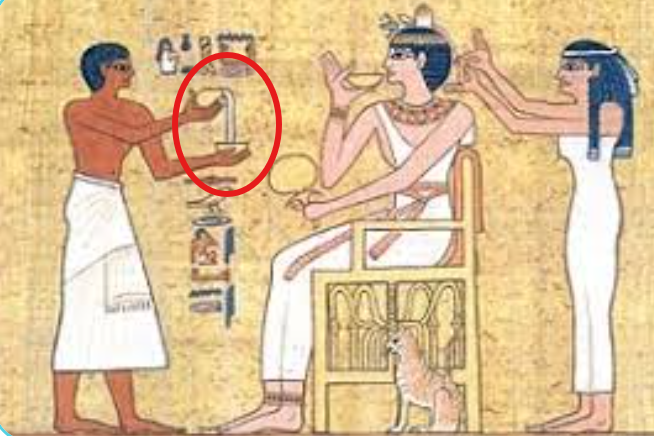
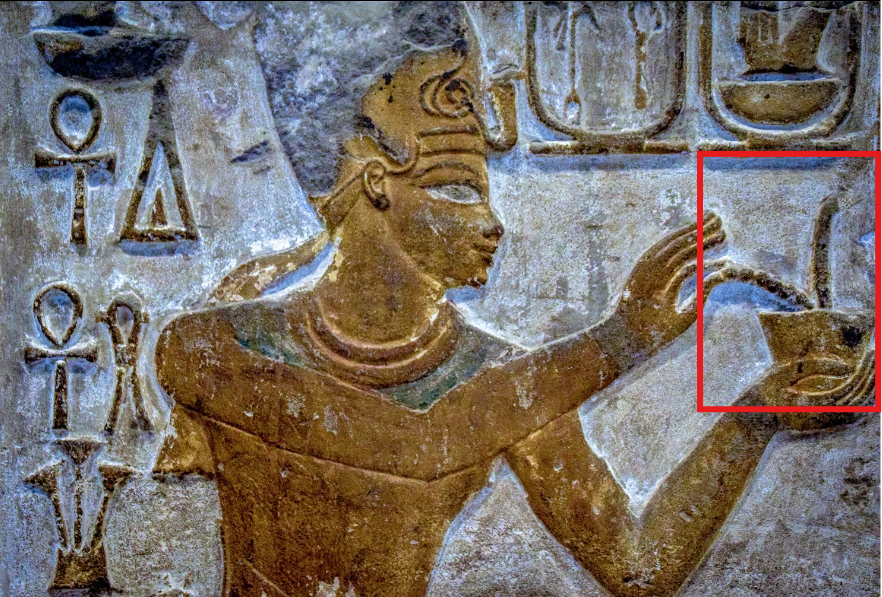
Why Were Candles Invented?
The fact is what the facts is folks! Most people were not afraid of the dark, most people were afraid of what’s in the dark. Candles were absolute required because there were just a lot of things going on in the dark. Candles provided a sense of safety and were invented out of necessity. Early civilizations needed reliable sources of light for homes, temples, and outdoor activities after sunset like travelling. There were no street lights and there were no cameras. Walking outside was a daunting task for many people in the past. Being unaware of animals or other people was very likely during this time. With the vision the candle provided, danger was least likely to happen.
How Do Candles Lose Wax?
Candles lose wax primarily through the process of combustion. As the flame heats the wax, it melts and then evaporates into the air in the form of gas. This is why candles appear to shrink or disappear as they burn. The melted wax is converted into heat, light, and combustion byproducts, leaving no residue except for a small amount of soot or wax drippings.
Another factor contributing to wax loss is the slow breakdown of the wax’s molecular structure under heat. While most of the wax turns into vapor, a minimal amount may remain as unburned residue, depending on the candle’s quality. The burn time of a candle depends on its size, wax type, wick type, and design. High-quality candles are designed to burn slowly and evenly by using:
- Harder Waxes: These waxes melt more slowly, extending burn time.
- Thicker or Braided Wicks: These wicks provide a controlled fuel supply to the flame.
Additionally, the candle’s shape and size play an important role. A well-designed candle prevents tunneling (uneven burning) and ensures that the wax pool remains uniform, maximizing burn efficiency. By optimizing these factors, candles can provide hours of consistent light and fragrance.
How Do Candles Evaporate?
Wax evaporation is a key process that enables the functioning of a candle flame. When a candle is lit, the heat from the flame melts the solid wax around the wick, turning it into liquid form. This liquid wax is drawn up into the wick, where it is further heated. As the temperature of the wax increases, it eventually reaches a point where it undergoes evaporation – transitioning from a liquid state into a gaseous vapor. This is not the same as the evaporation of water, which can happen at room temperature; wax evaporation requires significantly higher temperatures, typically in the range of 100–150°C (212–302°F), depending on the type of wax.
Once the wax reaches the necessary temperature to evaporate, the vaporized molecules rise from the molten wax and travel toward the flame. This vapor is essential for sustaining combustion. When the wax vapor reaches the flame, it combines with oxygen in the air to support the burning process. Specifically, the vapor reacts with oxygen to produce heat, light, and byproducts like carbon dioxide and water vapor. This chemical reaction is known as combustion.
Common Pattern’s
The balance between the heat of the flame and the rate of wax evaporation is critical for maintaining a steady burn. If the heat generated by the flame is insufficient to vaporize the wax, the flame will struggle to stay lit or may go out entirely. On the other hand, if there is too much heat and the wax evaporates too quickly, the candle may burn too hot, potentially causing the wax to melt unevenly, produce excess soot, or shorten the lifespan of the candle. A well-balanced candle will have a steady supply of vapor from the melting wax that is continuously replenished, ensuring that the flame stays stable.
Watch the wick
The wick plays a crucial role in this process as well. A properly sized wick is essential because it must be able to draw up enough liquid wax to keep the evaporation process going. If the wick is too small or too large for the candle, it can disrupt this balance, leading to an inefficient burn, excessive soot production, or a flame that is too small or too large.
Wax evaporation is the backbone of a candle’s combustion process. The heat from the flame melts the wax, and the resulting vapor fuels the flame. This interplay of heat, wax, and oxygen ensures that the candle continues to burn steadily, providing light and fragrance as long as the balance is maintained. Without sufficient evaporation, the combustion process would fail, and the candle would not burn effectively. This delicate equilibrium between wax evaporation and heat production is what allows a candle to create a consistent, enjoyable experience for the user.
How Do Candles Get Their Scent?
Scented candles are carefully crafted by infusing fragrance oils or essential oils into the wax during their production. These oils are specially selected for their ability to release pleasant aromas when heated. The oils are blended with the wax at a specific temperature to ensure they are evenly distributed throughout the candle.
When the candle is lit, the heat from the flame begins to melt the wax near the wick, creating a pool of liquid wax. As the wax melts, the fragrance oils embedded within the wax are released into the air. The warmth of the flame causes the fragrance molecules to evaporate, turning them into tiny particles that can be sensed by our olfactory receptors, resulting in the desired scent.
The effectiveness of scent distribution from a candle depends on several factors:
- Wax Type: Different waxes have different melting points and porous structures, which can affect how well they hold and release fragrance. For example, soy wax, paraffin wax, and beeswax all have unique properties that influence the scent throw. Soy wax tends to have a milder, more consistent scent, while paraffin wax can offer a stronger fragrance but may burn hotter.
- Oil Concentration: The concentration of fragrance oils or essential oils mixed into the wax can significantly affect the intensity and longevity of the scent. Higher concentrations typically result in a stronger fragrance, but too much oil can cause the candle to burn unevenly or produce excessive soot. Typically, manufacturers aim for a balanced oil-to-wax ratio to ensure a pleasant and even scent throw.
- Size of the Candle: The size and shape of a candle also impact how the scent is distributed in a room. Larger candles tend to have a greater surface area, which can release more fragrance as the wax melts. However, if a candle is too large for a given space, the scent may become overpowering or may not disperse evenly. Smaller candles, on the other hand, may only fill a small area with fragrance, but their scent can be more intense when you’re close to the candle.
- Burn Time and Environment: The way a candle is burned and the environment in which it is placed also influence the fragrance experience. For instance, a candle with a longer burn time will likely release more fragrance over time, allowing it to fill the space more effectively. The ambient temperature, airflow, and size of the room also play a role in how the scent disperses and lingers.
The combination of these factors determines how the fragrance interacts with the air and how noticeable the scent will be in the surrounding space. The goal is to create a harmonious atmosphere that enhances the ambiance without overwhelming the senses.
Conclusion
Candles work so effectively because of the harmonious interplay between wax, wick, and flame. From the science of combustion to the art of fragrance diffusion, each element plays a critical role in creating the warmth and ambiance we associate with candles. Understanding these details not only enhances our appreciation for candles but also helps us choose the best ones for our needs.

